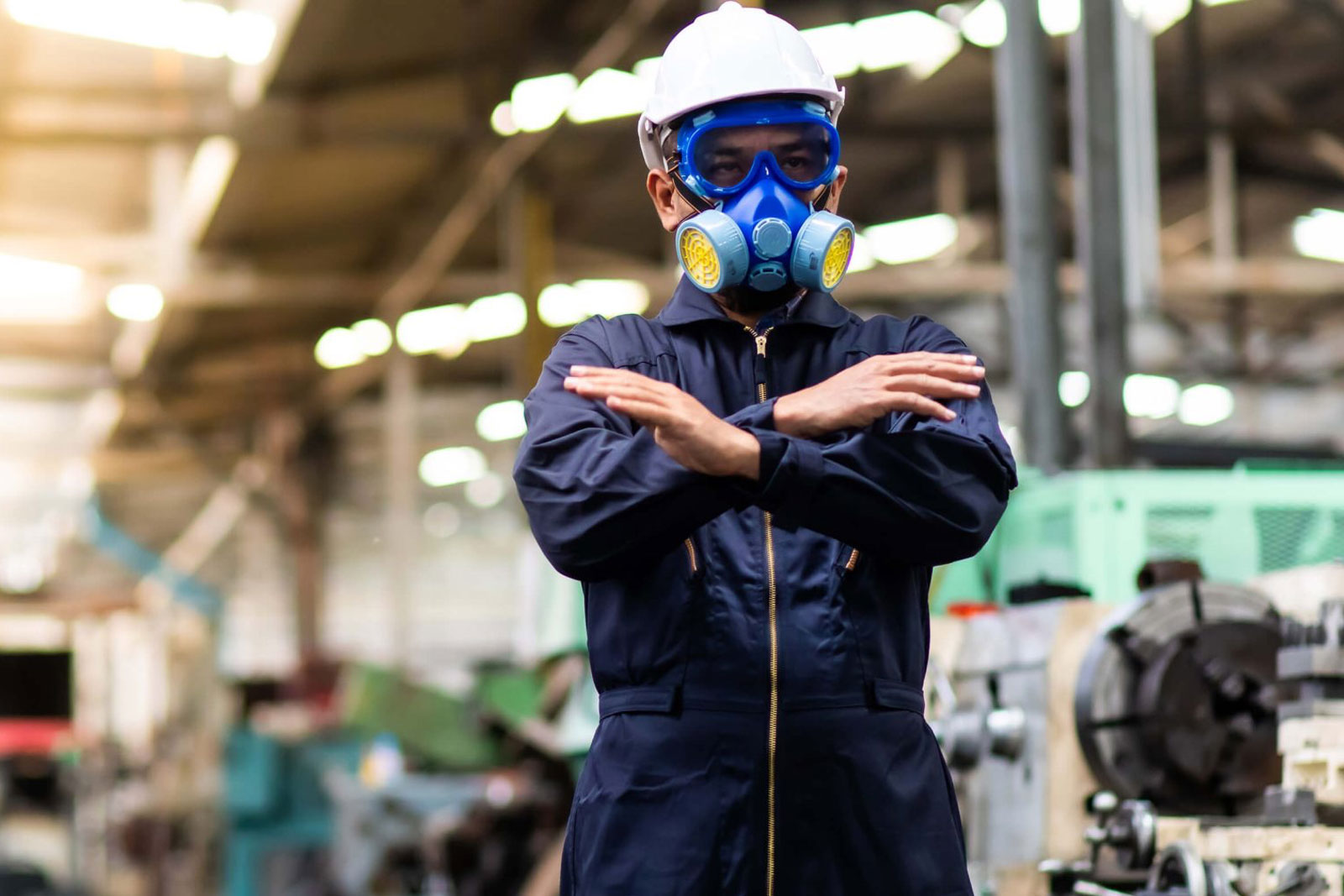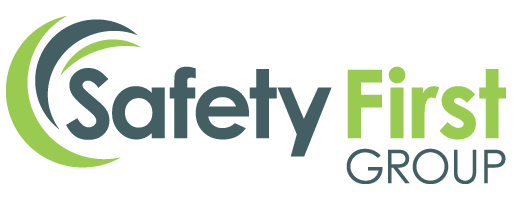Let’s talk about Exposure Monitoring. It’s fair to say that nearly all employers accept that they have a responsibility and duty of care to their team and demonstrate this by providing everything from a suitable working environment to the necessary IT equipment and in some cases, various wellbeing perks such as free fruit or discounted gym memberships.
But what about your duty of care to your employees’ health and safety at work? Are you aware of what your people are exposed to as part of their day to day job and is it something you review and monitor?
Many business owners, especially those where harmful substances such as chemicals, fumes, dusts and fibres are commonplace in the workplace, will have completed a Control of Substances Hazardous to Health – aka COSHH – assessment. This is the law (for all businesses, regardless of size) but it is the monitoring and regular revisiting of the assessment where it becomes a fully working safety measure.

What do we mean by exposure?
As in line with government guidance1, exposure to a substance includes;
- Breathing fume, dust, vapour, gas or mist
- Skin contact
- Injection into the skin
- Swallowing
What substances are we referring to?
People come into contact with thousands of substances every single day but those considered to be especially harmful in large quantities, e.g. ethanol, lithium hydroxide and zinc, have WELs in place – workplace exposure limits.
For these 500 or so substances, an employer is legally required to ensure the levels never exceed the level outlined in the WEL – see the full list here.
Why is exposure monitoring important?
The impact of not monitoring exposure can lead to serious health implications, which can be life changing for the individual and damning for a business.
Occupational exposure monitoring plays a pivotal role as it:
- Produces data to implement remedial actions effectively
- Checks the effectiveness of your existing control measures
- Ensures workplace exposure limits (WELs) are not exceeded
- Identifies health surveillance needs
- Creates a safer working environment for your team by minimising the risk/likelihood of an incident

How regular should occupational exposure monitoring be?
The recommended regularity of exposure monitoring will vary depending on what risks are identified during your COSHH assessment . If you aren’t sure, then reach out to our team who are highly qualified in the different methods of monitoring exposure and will be able to find the right sampling strategy for your business, no matter how complex.
Contact Safety First today to discuss your Occupational Exposure Assessment needs.
